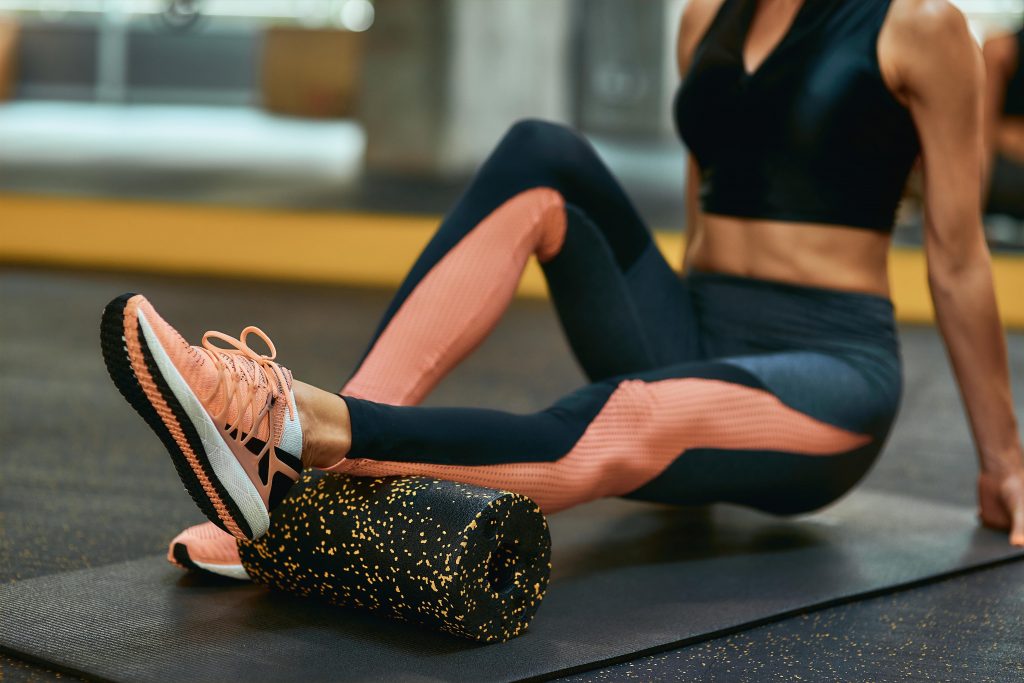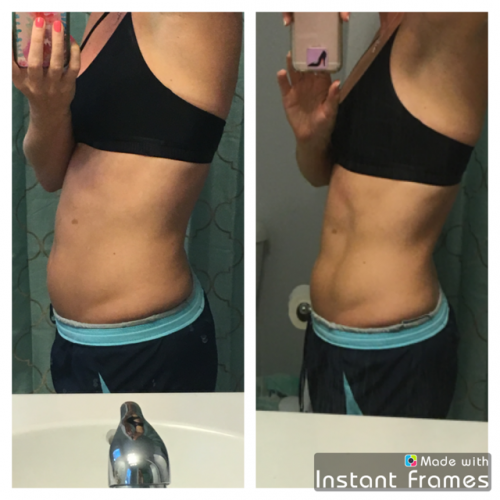
The Basics of Foam Rolling
If you pay attention to trends in the fitness world, you’ve probably noticed one that has really taken off over the past few years: foam rolling. Athletes, personal trainers and fitness influencers have been raving about the foam roller, but before you consider buying one for yourself, how does it work?
First of all, a foam roller is a simple, cylindrical self-massager that allows you lay on it in a variety of positions, placing pressure on different muscle groups. This helps to alleviate tightness and muscle knots, helping reduces inflammation that occurs when muscles are repairing themselves. Not just something for hardcore athletes, the foam roller helps prevent injuries by maintaining muscle length. It can also help increase blood flow and elasticity of muscle tissue, joints, and fascia.
Just like with stretching, foam rolling can be done before or after a workout, depending on what you are trying to achieve. Before exercise, rolling will increase tissue elasticity, range of motion and blood flow. This will obviously help you move more freely during a workout and help prevent injury. Foam rolling after a workout is a great way to speed up recovery time.
If you find yourself sitting at a desk for 8 or more hours a day, foam rolling your quads can help get your blood flowing and keep your muscles engaged. Start in a forearm plank position with the roller under your quads, and then slowly begin to roll down the roller until just above your knees. Then roll in the opposite direction until you reach your hips. Repeat for at least 30 seconds, remembering to breathe.
Since sitting for extended periods of time can take a toll on your hips, try foam rolling to loosen the connective tissue between muscles. Similar to the exercise used to target quads, start by lying on the roller in the forearm plank position. Rest on your forearms and then slowly roll up and down the roller, targeting the hip area.
Ready to learn more? Personal trainer Matt Johnson can help you get started, offer techniques and help you learn proper form to prevent injury.




